First, a warning: Don't print out this article and take it to Vegas. Our 2020 MLB O/U's aren't bookie-approved -- they're just some debates we've been having this spring as we eagerly await baseball games that count.
Still, the answers could tell us a lot about how the upcoming season will play out. From Astros All-Stars to Bryce Harper's WAR and more, ESPN.com baseball writers Sam Miller, David Schoenfield and Alden Gonzalez make their picks.
Astros All-Stars: 1.5
Amid the blowback over the Houston sign-stealing scandal, will fans shut out the team's talented players come the Midsummer Classic? By rule, each team must get one player on the roster. Will the Astros be unofficially capped at that?
Sam Miller: Unless MLB makes an explicit announcement that legacy Astros aren't going to be eligible -- or that they get the minimum one representative and no more -- this is an easy over. The Astros have four of the 20 best position players in the American League, according to PECOTA projections, two of the five best starting pitchers, one of the five best relief pitchers, and we're talking about an All-Star roster that's going to swell to 40 names by the end of the process. You could imagine the pickers not wanting to be overly generous toward the Astros, but leaving all but one of these Astros off with a straight face would be like leaving June off a list of the 10 best months.
David Schoenfield: The Astros had four starters in 2019, including pitcher Justin Verlander. They had one starter in 2018 and three in 2017. We can safely predict that fans across the nation will not vote in any Astros as starters, so any players will have to earn their spots. That's where things get tricky, however, because teams like the Orioles, Tigers, Royals and Mariners might not have any legitimate All-Stars but will take up four roster spots. The league office now names the reserves, and it's possible said office will hold a grudge against the Astros for being a royal pain in the butt. That said, the Astros had six All-Stars last season, including Gerrit Cole, who is no longer with the team, but not including Zack Greinke, who was an All-Star with the Diamondbacks. Those six All-Stars also didn't include Jose Altuve, Carlos Correa or Yordan Alvarez, who certainly are All-Star candidates. Over.
Alden Gonzalez: I've been thinking about this for a while and have kept it to myself because I didn't want it to appear as if I were minimizing their transgressions, but regardless -- I think the Astros are going to be really good this year. Like, stunningly good -- because their major league roster is immensely talented, with or without trash cans, and because they're going to easily summon motivation during the inevitable lulls when most teams struggle to find an edge. Alex Bregman, Altuve, George Springer, Alvarez, Verlander and Greinke are All-Star caliber players, and that might not even be the full list. You don't think two of them will get in -- for a team that might once again win the division, for an All-Star roster that grows exponentially after players drop out? Come on now.
The Verdict: OVER
For those of you scoring at home, the two New York sluggers combined to play 120 games last year. Both are banged up this spring -- and neither will be in the Yankees' Opening Day lineup.
Miller: Even with the spring mystery around Judge's pec and the spring panic about Stanton's calf, this ought to be cleared easily. Look, yes, last year's Yankees got hurt a lot. It was a historic run of injuries, by the end of which their surgeons needed Tommy John surgery and their operating tables had broken legs. But that was just a weird year -- singular -- and at this point it's just superstition and recency bias causing us to assume worst-case scenarios from every injury report. There's simply no reason to think the Yankees -- who are smart and rich and fill every job in the organization with exceptional talent -- would have hired Dr. Nick to keep their players safe.
Schoenfield: I know Stanton played just 18 games last season, but he played 158 in 2018 and 159 in 2017. It feels like the panic about his calf injury is an overreaction to last year's injuries. Judge has averaged 106 games the past two seasons, which certainly isn't great, but the question posed isn't 200 games between the two but a mere 161.5. Over.
Gonzalez: I'm sorry, but I'm not gonna sit here and just pretend everything's OK. We're barely into March, and a team coming off a dizzying amount of injuries in 2019 already knows it will begin the season without two key members of its starting rotation -- Luis Severino and James Paxton -- and the two most dangerous hitters in its lineup. Not cool, and totally OK to say so. Judge and Stanton are merely nursing soft-tissue injuries and should theoretically return before May. But maybe there's a reason they've each had a hard time staying healthy in recent years. Maybe these crazy outliers last longer than one season, Sam! Under -- and I hope I'm wrong.
The Verdict: OVER
Gerrit Cole strikeouts: 299.5
The Yanks spent $324 million to land the winter's most coveted free-agent ace. Cole K'd 326 batters for Houston last year -- his first 300 strikeout season.
Miller: Since 2003, there have been only five 300-strikeout seasons. Those five all came in the past five years, though, as perpetually rising strikeout rates rose faster than starters' perpetually declining innings totals declined. There's no reason to think that rise is going to slow down, let alone reverse itself, which suggests it's a good bet that at least one league's leader -- if not both -- will clear 300 this year. On the other hand, it's always, always, always a good bet that any individual pitcher you name will miss some time over the course of a season and fail to reach career highs. So in spirit I'll take the over, but in actuality give me the under.
Schoenfield: The easy answer would be to take the under, since Cole has exceeded that total just once in his career -- last year, of course, when he fanned 326. Factor in a little regression and the possibility of injury and 300 strikeouts is a lot of strikeouts to bet on. Switching divisions doesn't appear to be a mitigating factor here. The non-Astros teams in the AL West fanned 5,773 times last season while the non-Yankees teams in the AL East fanned 5,824 times. The last pitcher to strike out 300 batters in consecutive seasons was Randy Johnson in 2002 (the final year of five in a row). Add it all up and I'll take the under.
Gonzalez: We went from zero 300-strikeout seasons from 2003 to 2014 to five 300-strikeout seasons from 2015 to 2019, and they all came from arms with plenty of mileage on them. Verlander did it in his age-36 season. Max Scherzer was 34, Chris Sale was 28 and Clayton Kershaw was 27 -- with more than 1,600 major league innings under his belt. Cole, 29, seems to have settled into a point in his career when he can reach back and get the strikeout whenever he wants, not unlike LeBron James being able to score every time he touches the basketball. The question is how often he wants to. In the first year of a gargantuan contract, while playing for the team he grew up rooting for and anchoring a rotation that is suddenly in need, desire will be aplenty for Cole. I say he gets to 300 again. Over.
The Verdict: UNDER
The Angels' two-way sensation had Tommy John surgery in October of 2018 and, while he batted in 106 games in 2019, he didn't pitch at all last season. His career innings total: 51⅔.
Gonzalez: The plan, at the moment, is for Ohtani to return to the rotation in the middle of May and start once a week. That would put him on pace for 20 starts. If he averages five innings per start -- he averaged a little more than that as a rookie in 2018 -- that's 100 innings. The Angels hope delaying him on the front end will prevent them from having to shut him down late in the season. If Ohtani stays healthy, this is an easy over. But this is the first two-way player since Babe Ruth, returning from major elbow surgery. Nothing is easy. I'll take the over.
Schoenfield: Ohtani's innings the past three seasons, including his final season in Japan: 25.1, 51.2, 0. We already know the Angels are bringing him along slowly and he probably won't join the rotation until May. We don't know exactly how often he'll pitch or if they'll let him go deep into games if he's dealing. Still, the commitment is there to let him pitch. If he makes 15 starts and averages five innings per outing, that's 75 innings. Over.
Miller: Given his past three seasons, and the nature of pitching while injury-prone, I think he's more likely to throw no innings than one inning, more likely to throw one inning than two, more likely to throw two than three, and so on -- every inning is a triumph not to be taken for granted. (This is true of many more pitchers than it's fun to acknowledge.) Under.
The Verdict: OVER
Rendon won a World Series last year with the Nationals. Trout won his third MVP. Now they're Angels teammates. Their (extremely impressive) combined OPS in 2019: 2.093.
Schoenfield: Do you have any inside information on the ball? Rendon had a career-high 1.010 OPS last season, but he moves from what was a very good hitters' park last season to a pitchers' park. His OPS over the past three seasons is .953. Let's see, Trout has averaged a 1.081 OPS the past three seasons. Even accounting for a little regression from Rendon, 2.000 looks doable thanks to the Great One. Over.
Miller: Oh, this one's too hard, I'll just let the projections do it for me. Let's see, PECOTA says they'll sum to ... 1.994. Well, that's barely any help at all! I would take the over if I knew that this specific thing was what Mike Trout cared about, that all he wanted this season was to have his and Anthony Rendon's OPS add up to at least 2.000. Or 2.100. Or 2.500. You tell me what it is Mike Trout cares about, and I'll take the over. Since he doesn't know or care about this prop bet, I have no choice but to stare at the tables dryly and conclude that, due mostly to Rendon's regression, they'll be a little bit under.
Gonzalez: This seems close. I'll say under, ever so slightly. Rendon's OPS might suffer once the Angel Stadium marine layer grabs hold of some of those balls he'll pull to left field on warm summer nights, and Trout has won two MVPs with an OPS that did not reach 1.000. You might be surprised to learn that in a time when walks are precious and hitters freely take strikeouts in exchange for slugging, no team had two players with a combined OPS that reached 2.000 last season. It's hard.
The Verdict: UNDER
The Met set an MLB rookie record with 53 home runs last year. Another 50 might be too much to ask, but ... how about 45?
Miller: Do you have any inside information on the ball? Like Dave alluded to in the previous question, the difference between the ball they played with last year and the ball they could, within production specifications, play with this year is enough to tilt almost every one of these props to the opposite answer. If Alonso were to get the over, he'd be only the third player in history to have two 45-HR seasons by age 25, and the others -- Prince Fielder and Jimmie Foxx -- debuted a lot younger and had more seasons to work with. On the other hand, Alonso is already in unprecedented territory with the rookie home run record, and until I see six well-struck balls die at the warning track on March 26, I'm forced to take the over on any home run offer.
Gonzalez: I don't have the inside information you guys are looking for, but I think you're pretty safe in assuming the baseballs will not be as, um, jumpy as they were during the 2019 regular season -- because how could they possibly be? Alonso's strikeout-to-walk ratio was troublesome, as were his overall struggles against off-speed pitches. He's going to hit a ton of home runs, but we're asking him to approach 100 of them through two major league seasons. That's a little much for a young man with a lot of swing and miss in his game, even in this era. Under.
Schoenfield: Over. Alonso will always have a lot of swing and miss in his game, but there's room to improve on his 31.9% chase rate. If he does that and swings at more strikes, he can hit 50 again.
The Verdict: OVER
Clayton Kershaw ERA: 3.25
The Dodgers lefty isn't the pitcher he once was, but, well, he's still pretty darned good. But the trend is clear. His past four ERAs, dating back to 2016: 1.69, 2.31, 2.73, 3.03.
Miller: Kershaw's FIP -- an ERA predictor that uses only a pitcher's strikeout, walk and home run rates -- was above that 3.25 mark last year for the first time since he was a 20-year-old rookie, suggesting his decline is very real and perhaps worse than the surface-level numbers say. On the other hand, for the third year in a row his FIP didn't predict his ERA at all, but was actually much worse than Kershaw's surface-level numbers said. I'll take the under, knowing there are two ways to win this one: Kershaw could reverse that decline and pitch like he did in 2018, 2017, or even (dream a little dream) 2016, or he could not reverse that decline, but continue to be the rare genius who can thread the FIP/ERA divide.
Gonzalez: Every five days last summer, Kershaw stepped atop a major league mound with inferior stuff, most of which looked awfully similar coming out of his hand. He still managed to compile 178⅓ innings, win 16 of his 21 decisions and post a 3.03 ERA that ranked 10th among qualified pitchers. It was, in its own way, amazing. It's hard to ever bet against Kershaw, but unless he ramps his fastball back in the 92 mph range, or gets his slider to travel with consistent depth, or develops a pitch -- be it a changeup or a two-seamer -- that can run in on left-handed hitters, it's hard for me to see him succeed to that level again. I'll take the over, then watch him prove me wrong.
Schoenfield: Never bet against Clayton Kershaw. At least in the regular season. Under.
The Verdict: UNDER
Betts scored 135 runs last season for Boston, a career high. Now, he's in Hollywood -- in a Dodgers lineup that could be historic.
Schoenfield: This is a good one. Betts scored 129 runs in 2018 and 135 runs in 2019. Those Red Sox teams scored 876 and 901 runs. The Dodgers scored 886 runs in 2019, so even with the pitcher hitting they had lineups comparable to Boston's -- meaning there is plenty of power behind Betts to knock him in. Still, 130 runs is a big total: Only three players exceeded that in the last decade: Betts, Charlie Blackmon in 2017 and Curtis Granderson in 2011. Dodgers leadoff hitters scored 118 runs last year and their No. 2 hitters scored 120. But the leadoff guys also hit 44 home runs and the No. 2 guys hit 35. Mookie will have higher OBP, however, so I'll take 130-something.
Gonzalez: Betts will lead off for the Dodgers this season. Following him will be Max Muncy, then Justin Turner, then Cody Bellinger, then some combination of Corey Seager, Joc Pederson, Gavin Lux, Will Smith and, if Pederson is ultimately traded, A.J. Pollock. As Dave pointed out, the Dodgers scored 886 runs last year, just 15 fewer than Betts' Red Sox -- with a pitcher in the lineup most of the time and, of course, no Mookie Betts. Last year's Dodgers offense was scary. This year's promises to be historic. And I'm not about to put limits on it. Over. Why not?
Miller: Hey, I'm asking you for the last time: WHAT DO YOU KNOW ABOUT THE BALL?! If we assume 30 home runs for Betts, and we assume a Dodgers lineup that performs about as well as it did last year (other than the addition of Betts), then we have this: The Dodgers' leadoff hitters scored 34.4% of the time they got on base last year, not counting home runs. At that rate, and assuming Betts hits 30 homers, he would need to get on base 291 times. That means playing every day, never missing a trip to the plate, and nearly matching his career-best .438 OBP -- a stretch, given he's never had another season over .400. Maybe he'll hit more than 30 homers, maybe the Dodgers' lineup will be better, maybe I forgot to carry a one along this process, but I'll take the under.
The Verdict: OVER
Bryce Harper WAR: 4
Harper signed a 13-year, $330 million deal with the Phillies before last season. His WAR in 2019, according to baseball-reference: 4.2.
Gonzalez: Over the past four years, Harper's FanGraphs WAR has gone from 2.9 to 4.8 to 3.4 to 4.6, so, who knows. Harper is still only 27 years old. He should be significantly better than this every single year, and yet, here we are. Topping this mark might hinge on two factors that are impossible to predict: Health and defensive effort. I'll take the over because this sport is so much more fun when Harper plays at an elite level.
Miller: Under. I'm tired of having huge expectations and feeling disappointed by Harper's borderline Hall of Fame-ish career. I'm ready to have some low expectations and watch him splatter them on a seat in the third deck. I bet you anything he will, too, cause he's still so talented and strong and when he gets on a hot streak there's nobody -- aw, dang, did it again.
Schoenfield: Over. While it now seems we'll never see 2015 MVP-level Harper again, I'd like to think he has more in him than we saw last season (.260/.372/.510, 125 OPS+). Over, although not by much.
The Verdict: OVER
Ronald Acuna Jr. home runs + stolen bases: 79.5
In his age-21 season, the Braves superstar narrowly missed becoming just the fifth member of the 40/40 club, slugging 41 home runs and stealing an NL-best 37 bases.
Miller: Under. Stolen bases have a habit of disappearing fast, especially for big guys.
Schoenfield: Over. A few more home runs will balance out fewer stolen bases.
Gonzalez: Under -- not because Acuna isn't great, but because that's an extremely high bar.
The Verdict: UNDER



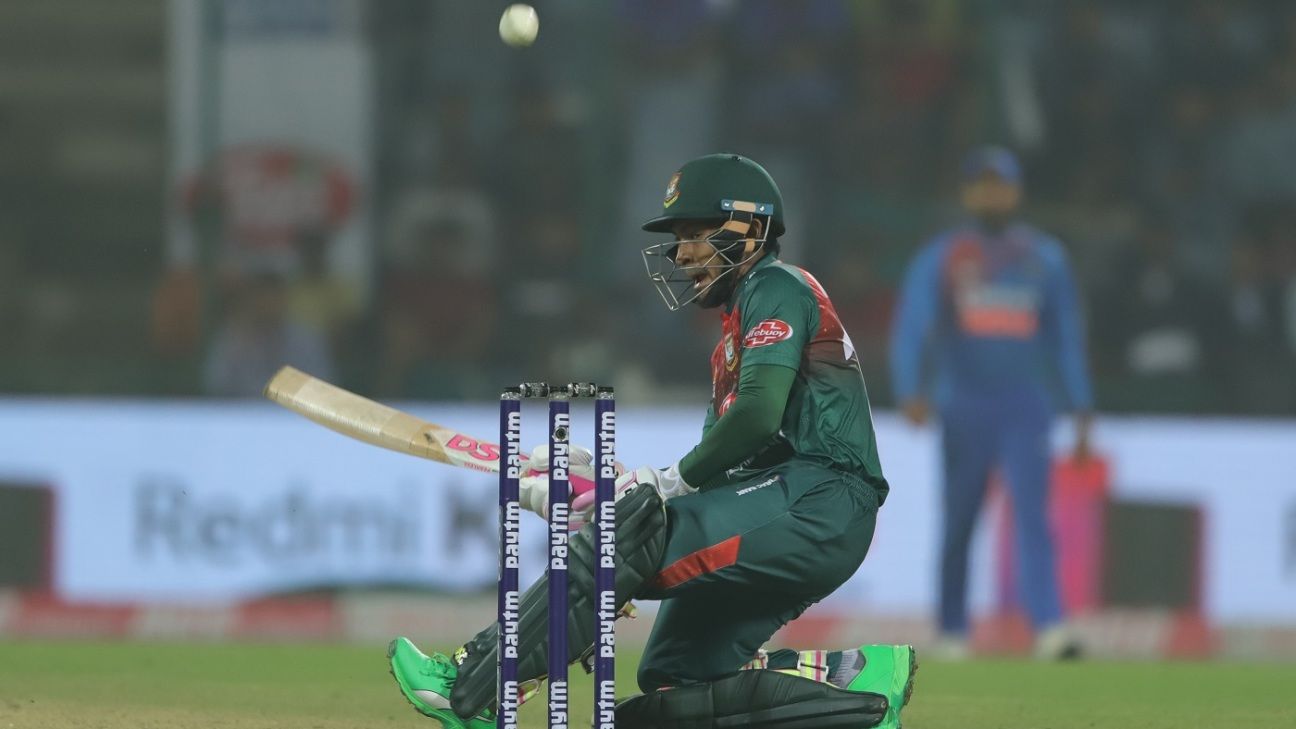
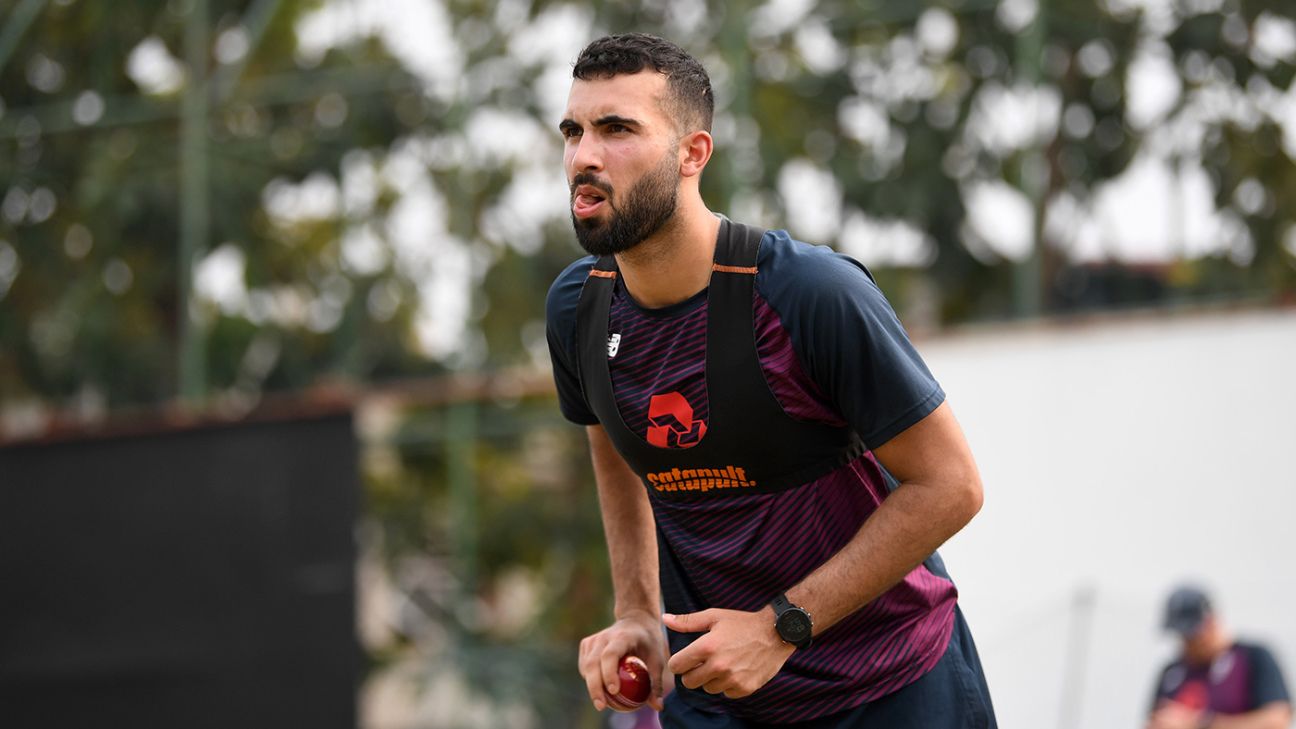





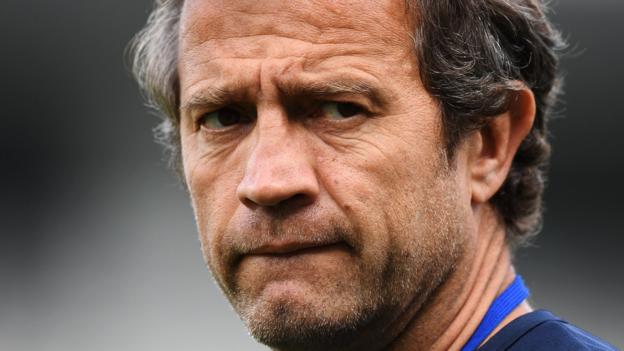

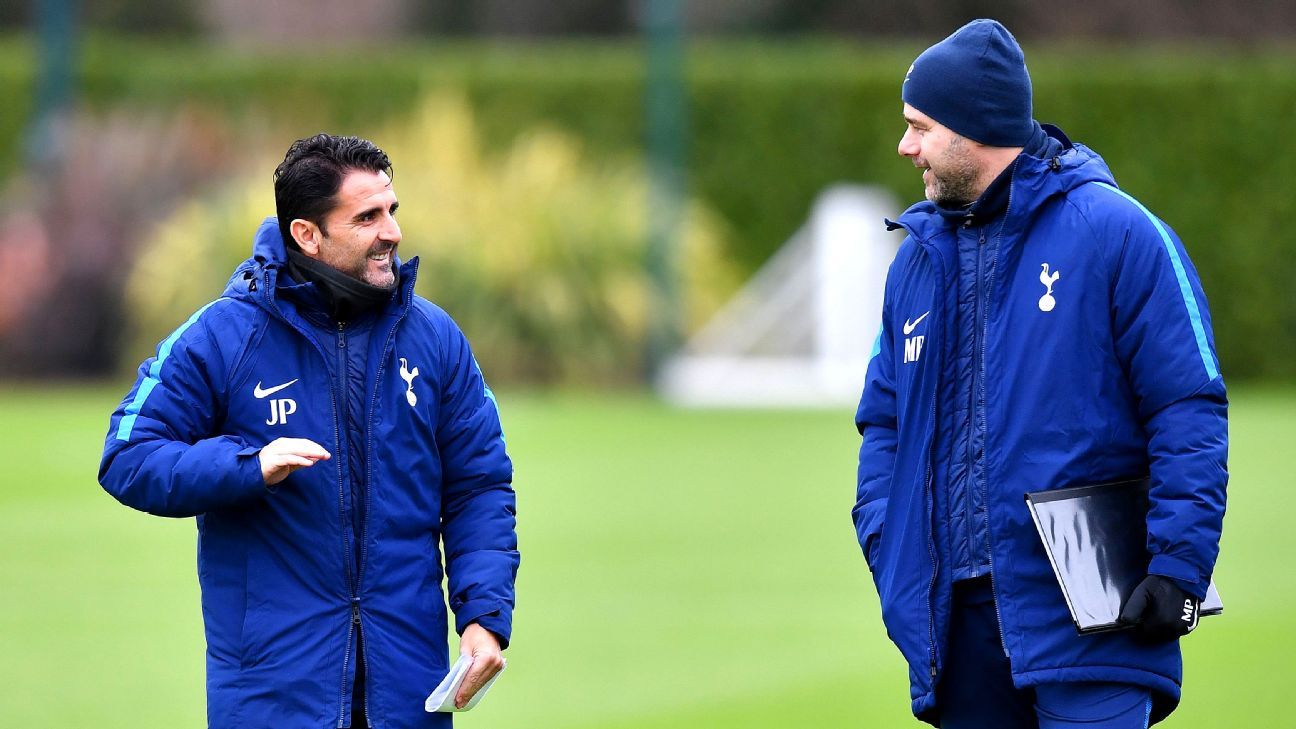

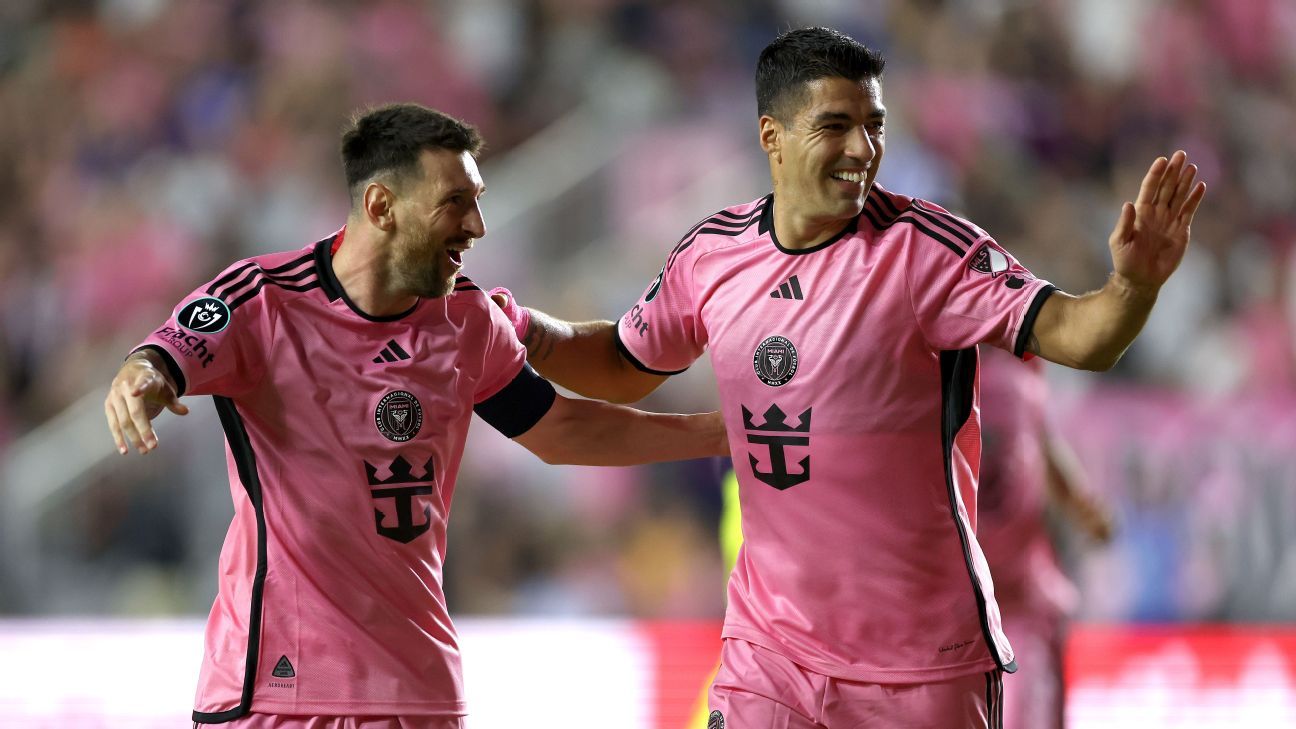







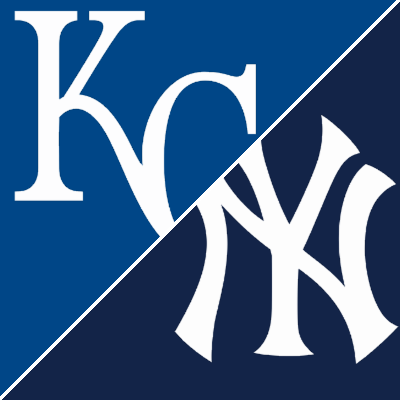


 Phone: (800) 737. 6040
Phone: (800) 737. 6040 Fax: (800) 825 5558
Fax: (800) 825 5558 Website:
Website:  Email:
Email: 






